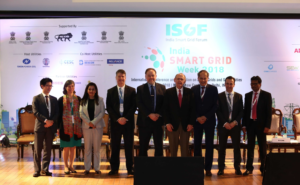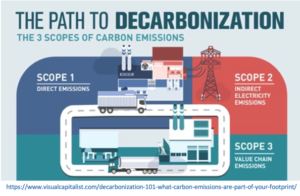The global efforts in decarbonization will drive vehicles to move away from petroleum-based fuels. For example, in Norway, new car sales will be limited to only electric vehicles after 2025. Many countries including the United States and China have various incentives to encourage electric vehicle use.
Electric vehicles are generally understood to be run on rechargeable batteries. While the technology is simple there are many underlying challenges including the charging infrastructure and range anxiety because a battery can hold only so much charge. The other issue is end-of-life battery disposal. These problems have not yet become acute because the use of electric vehicles is relatively small; less than 4% of global on-road vehicle fleet is electric. But as the use of battery powered EVs grows, these concerns need to be addressed.
But an electric vehicle does not have to be solely powered by battery. Another technology is fuel cell. You can learn more here. On-board fuel cells can produce electricity from hydrogen and air to run an electric vehicle. Fuel cell is a battery which derives its electricity from a chemical reaction whereby hydrogen and oxygen from air combines in the presence of a catalyst to produce electricity and clean warm water, which is its only by-product. A proton exchange member (PEM) fuel cell can be carried in a vehicle which will be fed by hydrogen from an on-board hydrogen tank. The fuel cell will provide the electricity needed to run the vehicle including all auxiliary equipment like air conditioning/heating, lights, electronics, etc. Filling a hydrogen tank in a car will take only a few minutes like the time it takes to fill a gasoline tank in a car. And there is no range anxiety here as an on-board tank filled with compressed hydrogen can run a car hundreds of miles like gasoline cars do today. Fuel cell buses have operated in the US, Canada and Japan. Fuel cell vehicles were used during the Tokyo Summer Olympics in July/August 2021 to carry athletes around the city. Toyota and Honda market fuel cell electric vehicles in Japan.
The challenge with fuel cell vehicle market penetration is the lack of a hydrogen fuel delivery network. Even though hydrogen can be delivered from a compressed natural gas pump like what is done for CNG-powered vehicles around the world, that hydrogen delivery infrastructure does not exist yet.
So, the bottom line is – it will take some time before fuel cell electric vehicles become as ubiquitous as battery-powered electric vehicles. But this technology provides a viable option to help electrify the road transportation fleet globally.




